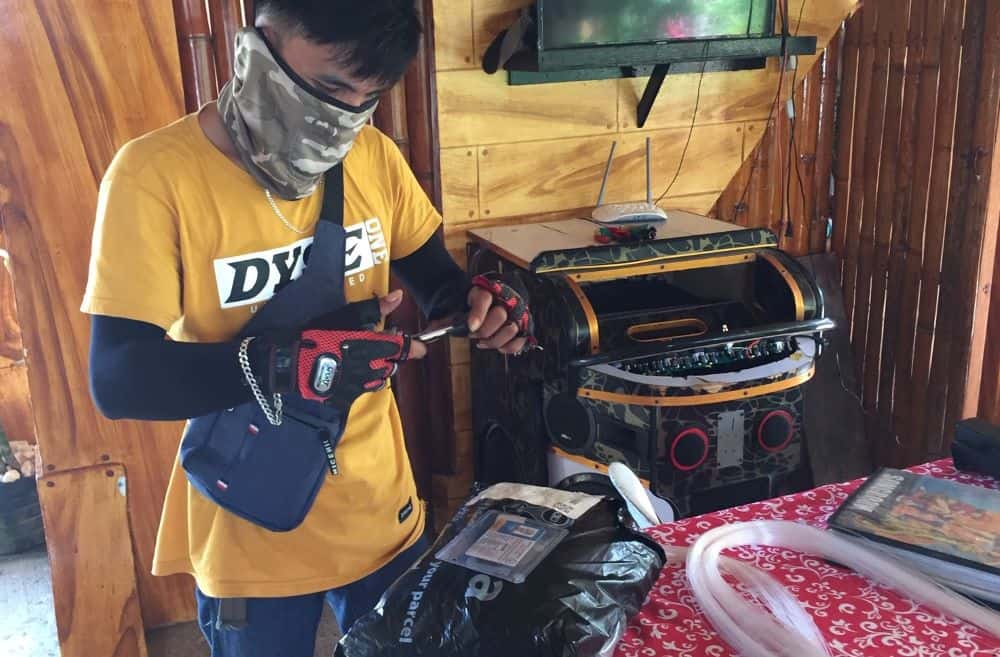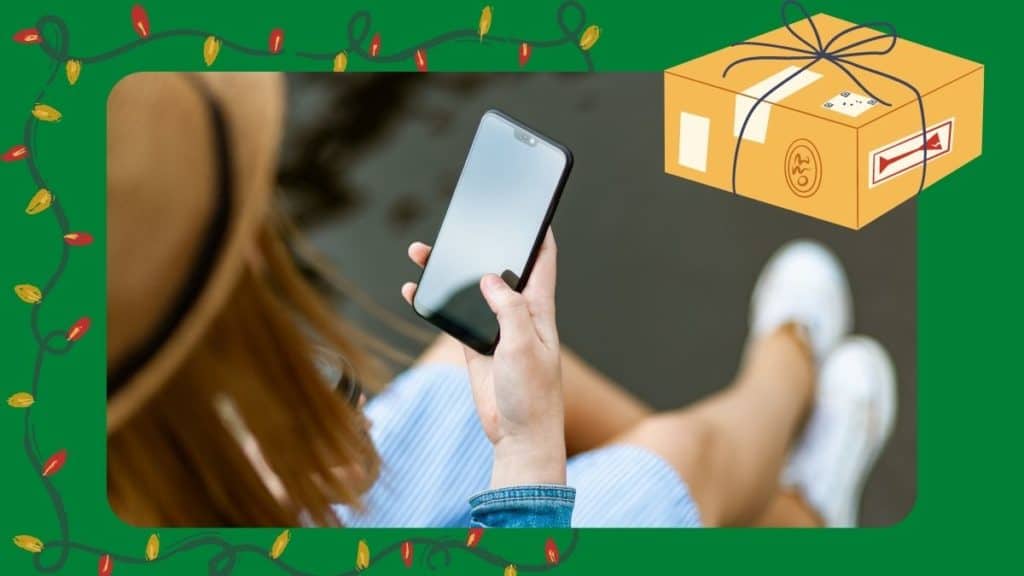Last Updated on October 27, 2024 by Ellen
You’ve likely heard of Alibaba, a Chinese version of Amazon. But if you’re American, you might’ve never heard of other Asian ecommerce companies like Shopee, JD.com, or Vip.
I recently used Shopee to order something I could not get in the local markets or the few small, traditional malls in this region.
Enter Asia’s answer to Amazon: ecommerce sites like Shopee.
Asian ecommerce experience
For our western readers, Shopee is similar to Amazon. Same same, as the Asian saying goes. But it’s different.
Place your order on Amazon, pay with a credit card, chose your delivery time or pickup method. Everyone reading probably has done this.
This is how it’s different in this part of Asia: the Visaya region of the Philippines.
Different payment options
I placed an order on Shopee, and had payment options: credit card, ‘GCash’ (like a prepaid credit card), cash on delivery, or pay at the local pawn shop. I did the latter. Once Shopee had payment through the pawn shop location, the order was accepted. (Pawn shops are everywhere in the Philippines — it’s where remittances from overseas foreign workers (OFWs) often are received by Filipino families.)
Unlike in America or Canada, Filipino shoppers might not have credit cards — but they still might have money to buy goods. Payment method is big difference number one from Amazon.
Different delivery approach
Big difference number two is how your order is delivered. In my case, the seller chose to deliver with a service called Ninja. On the day of delivery, I got an automated text notification.
Closer to delivery the mid-morning delivery, I took a phone call from the driver, asking if I was ready to receive. He was nearby and made it to our apartment at the Hangout Beach Resort in less than five minutes.
Actually, he rode a motorcycle. Deliveries here are often done by motorcycle – not a big delivery truck – because it’s easier to navigate the smaller roads, and because there aren’t as many packages to be delivered as in Anytown USA.
In this case, the company contracted to deliver was Ninja Van – without the van. The courier took a picture of my ID on top of the package with his phone for proof of delivery.

It cost $2.75 to deliver the item from Luzon Island, and it took about a week. Often there are free delivery options, but not for this particular item.
The experience was easy. I would definitely use Shopee again.
Shopping from your phone
I made the order from my phone, an old unlocked iPhone 6 with a Philippine data card. You can also use other devices, but the movement is towards phone ordering.
In the Philippines, smart phones are much less expensive than laptops or tablets, so this is the primary platform for orders. The entire experience is designed around your phone – selection, payment, delivery.
Asian ecommerce stock holdings
We do not own stock in Shopee. But: we do own stock in similar Asian companies, like Alibaba, JD.com, and Vipshop.
Currently, our largest individual stock holdings are in these Asian ecommerce companies. Theo is long and short; he’s been bullish for the last couple of years – like many investors.
Recently, I’ve been to a few malls on Boracay and in Kalibo. They are small, basic clusters of essential stores.
And they’re empty.

This is pandemic atmosphere is unlike the bustling holiday season we experienced in Cebu, Philippines, in 2019, and Kuala Lumpur, Malaysia in 2018.
Tap, pay, and deliver is likely to increase in the ‘new normal’ thanks to the pandemic. Hopefully, ecommerce stocks will increase in value, too.
Thanks for reading, “Asian ecommerce experience: An American uses Shopee.”
You might also like:

